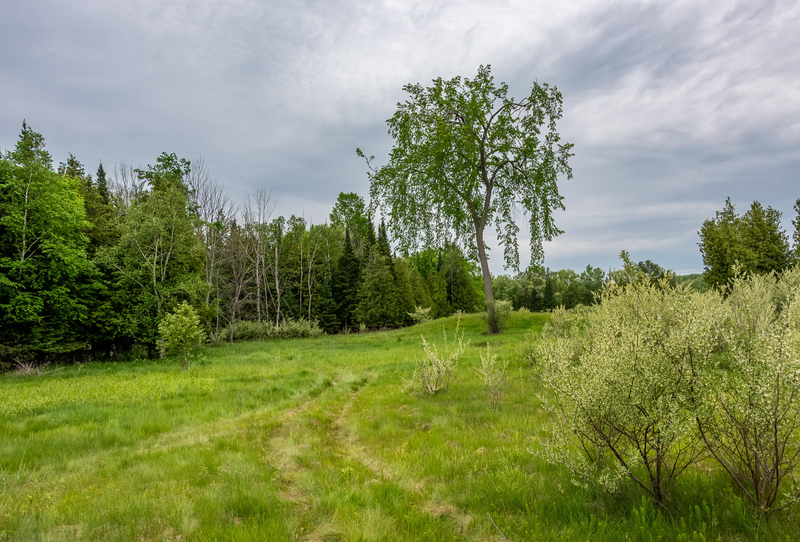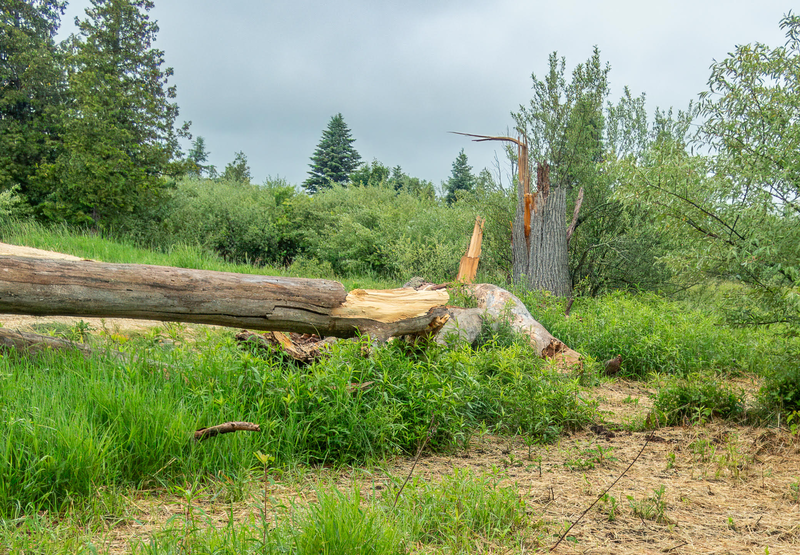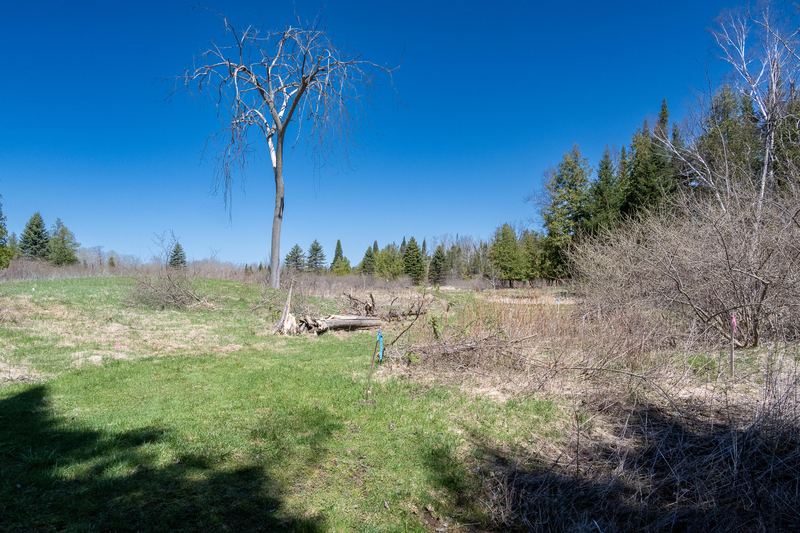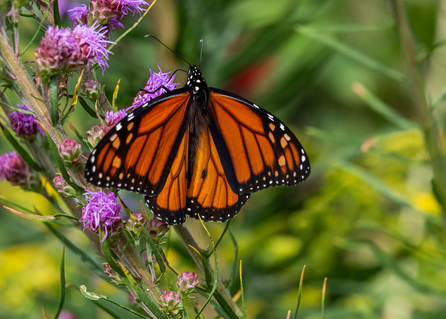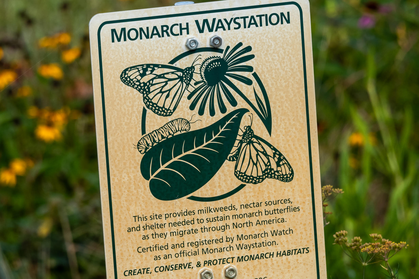February 14
Healthy tree ---> Injured tree ---> Downed tree
Most people, when they look at a tree, merely appreciate the beauty of its exterior, its stature, texture of the bark, beauty of the leaves (especially in the fall), its size, shape, etc. Those who hike in the woods may see and appreciate the process of decay of downed trees, which puts back into the earth needed nutrients on which other trees survive. Others see the trees for their contributions to insect, animal, and human food chains. But the real beauty of a tree, I submit, is hidden on the inside. Grain patterns and color can be unpredictable, unlike the “white” lumber you see in a big box lumber yard. Woodturners and wood workers love to uncover this inner beauty and expose it through their products. While you may not have the wherewithal to create a discovery opportunity yourself, there is another way to experience the excitement I am talking about. Visit a local lumber yard (not a big box store) just as you would an art museum and walk through the lumber racks, especially the displays of slabs. Witness the beauty of the grain and coloration patterns. Take close-up photos of this art. Imagine the tree’s history that produced these. See the excitement that is really happening inside the trees! You will automatically develop another reason to appreciate trees, and the next time you stop to look at a tree in the forest or in your yard, your experience will be quite different. Some places to have these experiences include The Lumber Shed (Traverse City), Northern Michigan Hardwoods (Petoskey), and Lake Ann Hardwoods (Lake Ann). These museums are free; no entry fee, no membership required! _Jan Bachman
February 20
Monarchs in Winter. Where are the Monarch Butterflies?
As the February sun begins to lengthen the days, we look to the coming spring in so many ways….getting the boat out, opening the cabin, or planning a new garden are just a few I’ve heard in years past. Each spring also holds the hope that the annual migration of the Eastern Monarch (Danaus plexippus) begins the journey north.
In early spring (March), Monarchs will leave their overwintering site in Mexico (in the Oyamel fir forests) and begin their perilous journey. This ‘first’ generation of Monarchs have lived all winter from last fall in Mexico, and are termed the “super generation” living an unusually long life (5-6 months!). They will fly north to Texas, where they will stop to find the milkweed plant, the butterfly’s host plant , and mate, lay eggs on the waiting host plant, and die. The second generation of Monarch goes from caterpillar to butterfly to carry on the migration!
The second generation of Monarchs will travel over a short 2–4-week lifespan northward, sipping on flower’s nectar and looking to mate and lay eggs before their life is over. They will stop through the Rocky Mountains of Tennessee and Kentucky, and fly more to the east, looking for their host plant, milkweed to leave the next generation to migrate.
Often when you see your first Monarch in May or April, it’s the third generation of monarch butterfly! We enjoy monarchs all summer season into fall, when the final generation (typically the 4th or 5th), will begin the long journey south, to the fir forests of Mexico for the winter. As we marvel over this amazing creature, it’s important to know the species is in peril.
As the February sun begins to lengthen the days, we look to the coming spring in so many ways….getting the boat out, opening the cabin, or planning a new garden are just a few I’ve heard in years past. Each spring also holds the hope that the annual migration of the Eastern Monarch (Danaus plexippus) begins the journey north.
In early spring (March), Monarchs will leave their overwintering site in Mexico (in the Oyamel fir forests) and begin their perilous journey. This ‘first’ generation of Monarchs have lived all winter from last fall in Mexico, and are termed the “super generation” living an unusually long life (5-6 months!). They will fly north to Texas, where they will stop to find the milkweed plant, the butterfly’s host plant , and mate, lay eggs on the waiting host plant, and die. The second generation of Monarch goes from caterpillar to butterfly to carry on the migration!
The second generation of Monarchs will travel over a short 2–4-week lifespan northward, sipping on flower’s nectar and looking to mate and lay eggs before their life is over. They will stop through the Rocky Mountains of Tennessee and Kentucky, and fly more to the east, looking for their host plant, milkweed to leave the next generation to migrate.
Often when you see your first Monarch in May or April, it’s the third generation of monarch butterfly! We enjoy monarchs all summer season into fall, when the final generation (typically the 4th or 5th), will begin the long journey south, to the fir forests of Mexico for the winter. As we marvel over this amazing creature, it’s important to know the species is in peril.
This year was the first time ever that the eastern monarch population in Mexico has occupied less than one hectare of land. With the dwindling population and efforts to save the species, it’s important to know that you and your land can help save them. Simply stop using chemicals in your environment! No more grub killer (yes, this kills butterflies through its’ systemic toxins called ‘neonicotinoids’) or lawn ‘treatment’ that decimates not only pollinators, but also our native song birds and pollutes our waterways.
As a Monarch Village USA designated town, Elk Rapids has embraced this change in public yards, including schools and local government facilities. Stopping the use of lawn chemicals is key to the monarch’s survival. If you really want to help with saving the species, beyond stopping the toxic chemicals, create habitat for them, including flowering native plants (including milkweed varieties), to act as food for the next generation to come.
This spring, do your part to help an animal on the brink of extinction and abandon the non-sustainable use of systemic chemical treatments in your environment, so the Monarch Butterfly and its amazing migration is anticipated by generations to come. _ Cyndie Roach, Curator -- GT Butterfly House & Bug Zoo
As a Monarch Village USA designated town, Elk Rapids has embraced this change in public yards, including schools and local government facilities. Stopping the use of lawn chemicals is key to the monarch’s survival. If you really want to help with saving the species, beyond stopping the toxic chemicals, create habitat for them, including flowering native plants (including milkweed varieties), to act as food for the next generation to come.
This spring, do your part to help an animal on the brink of extinction and abandon the non-sustainable use of systemic chemical treatments in your environment, so the Monarch Butterfly and its amazing migration is anticipated by generations to come. _ Cyndie Roach, Curator -- GT Butterfly House & Bug Zoo
February 21
Farmers in Winter. Sunny days and lack of snow have cherry growers on edge. Their trees like warm weather. So as the soil warms, the fruit buds wake up from dormancy. Their buds swell with sap and become vulnerable to death by hypothermia. Freezing temperatures are sure to come in April and May, with each event taking a toll on crop potential. Or so the story goes. But with optimism, farm shops are busy with maintenance on equipment. Trees are being pruned. Receivables on last year's crop are being collected. Bankers are being paid and new credit lines are being secured to pay for farm labor and protection materials for the hoped-for new crop. _ Norm Veliquette

